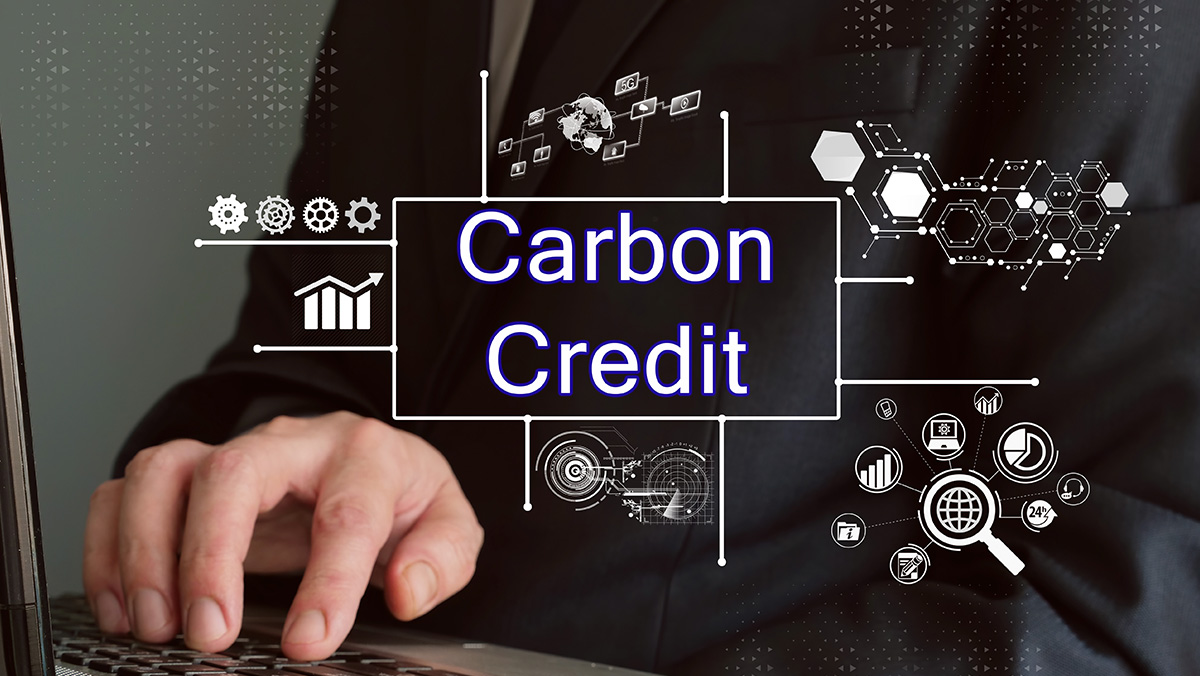
The terms carbon credits and carbon offsets are often used interchangeably. However, they refer to two distinct products that serve two different purposes. A carbon offset is the removal of greenhouse gases from the atmosphere and a carbon credit is a reduction in greenhouse gases released into the atmosphere.
A Deeper Dive
A carbon credit or carbon allowance is a permit that allows the owner to emit carbon dioxide or greenhouses. One credit allows the emission of one ton of carbon dioxide or the equivalent in other greenhouse gases. Governments limit CO2 emissions by placing a cap on them. This cap on CO2 emissions slowly decreases over time and companies are forced to emit less CO2 in order to stay within set boundaries. Companies with high levels of emissions can still continue to operate, but only at an increased cost.
The revenue from carbon credits flows vertically from companies to regulators/the government. However, if a company ends up with an excess of credits, they may sell them to other companies.
A carbon offset is a specific activity or set of activities intended to reduce greenhouse gas emissions, increase the storage of carbon, or enhance greenhouse gas removals from the atmosphere. Offsets tend to generate reductions outside of an organization or company. Carbon offsets are designed for situations where emissions are impossible to reduce but funds can be used to reduce emissions in other areas. For example, a company may fund a project to plant trees or preserve forests but continue to operate at their current emission levels.
The revenue from offsets flows horizontally. When a company removes a unit of carbon from the atmosphere as part of its normal business activity, it can generate a carbon offset. Other companies can then purchase that carbon offset to reduce their own carbon footprint.
Goals
Carbon credits represent indirect emission reductions. They facilitate the switch to greener energy sources and promote energy independence. However, improper reporting and discrepancies in maximum greenhouse gas levels between countries limit carbon credit effectiveness on a global scale.
Offsets can represent direct or indirect emission reductions and they may improve air quality and protect delicate ecosystems. Furthermore, offset projects have different effectiveness rates, and carbon offsetting is effective only if certain projects are realized, meet certain key criteria and project standards, and do not engage in greenwashing.
The goal of both carbon credits and offsets are to ultimately reduce the emission of carbon dioxide and other greenhouse gases, thus reducing the effects of global warming. Additionally, they create a monetary incentive for companies and provide opportunities for practicing corporate social responsibility, which may be more important than profits.

